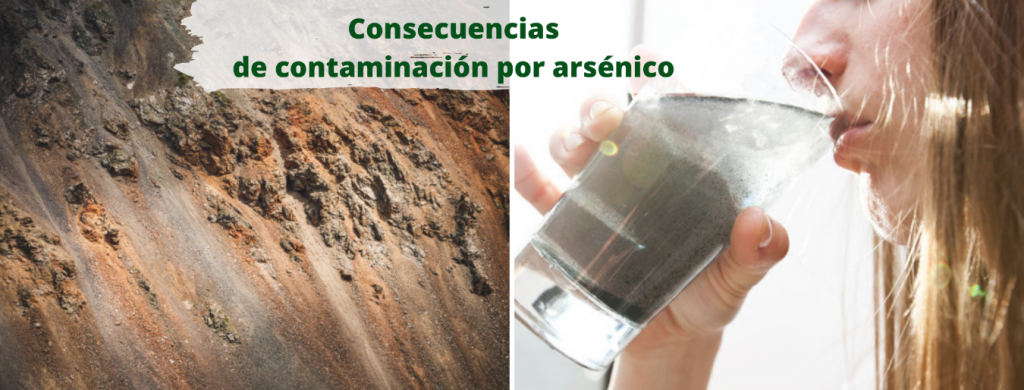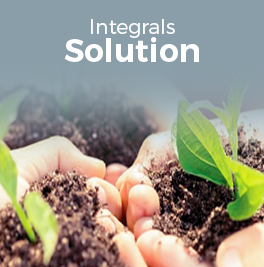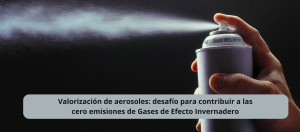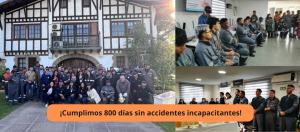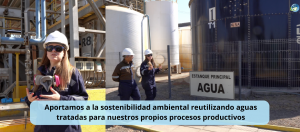Released February 1, 2021.
Arsenic is a natural element found by default throughout the environment. It is released by the volcanoes, by the erosion of mineral deposits and by various processes commercial and industrial, and can be found in foods such as chicken, meats, rice, and especially in seafood, such as clams, oysters, oysters, mussels, crabs, lobsters, seaweed, and in certain fish cold waters that feed on the seabed.
In the periodic table, arsenic is a chemical element that belongs to the group of metalloids. It is a carcinogenic agent that causes multiple negative effects on human health in the short and long term. Non-occupational human exposure to arsenic occurs mainly through contaminated water and food, and the regulations for its control vary for each country, based on the standards of the WHO, Codex Alimentarius and the European Union.
Despite its high toxicity, Arsenic can be consumed daily without causing harm to the body with a maximum of 12 to 15 micrograms in a daily diet of meat, fish, vegetables and cereals. By exceeding this measure, and being exposed daily to this element itself can cause diseases such as:
- Cancer
- Skin lesions
- Development problems
- Cardiovascular diseases
- Neurotoxicity
- Diabetes
- Irritation of the stomach and intestines
- Decreased production of red blood cells and whites
- Among others
In Chile, regulations established after 1992 and the reduction of atmospheric emissions of SO2 and trace element rich particles were reduced by incorporating of technology to comply with new emission standards. However, the Historical effects of arsenic remain latent in some soils of the country despite current environmental regulations.
The good news is that this element can be treated by specialist companies in the management and treatment of hazardous waste, such as Hidronor. Thanks to your work in pro of the environment, the impact of this type of waste on the ecosystem, generating a great contribution to the sustainability of the country.
Sources:
http://www.scielo.org.pe/scielo.php?script=sci_arttext&pid=S1726-46342018000100015

